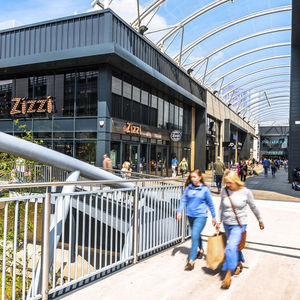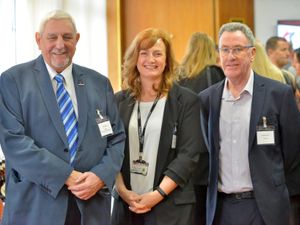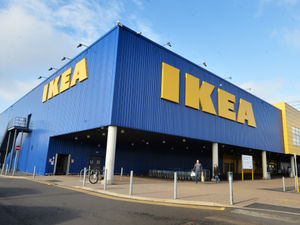Region's high streets hard hit by store closures but some centres thrive
High streets in the region are among those affected most by shop closures across Britain in the first six months of the year.
The West Midlands saw 261 store closures and 148 openings.
Wolverhampton experienced the greatest impact in the region with a net loss of 13 stores, with six opening and 19 closing.
Shrewsbury had a net loss of six stores, with seven opening and 13 closing, followed by Dudley which had a net loss of five stores, with two opening and seven closing.
However, town centres like Halesowen and Stafford are weathering the storm by showing how shopping destinations can adapt in the current climate.

Halesowen saw a net growth of one store with seven openings and six closures, while Stafford maintained its store numbers with no net loss after having one opening and one closure.
According to research compiled for PwC by the Local Data Company (LDC), between January and July, a total of 261 shops closed at the West Midlands main shopping destinations, compared to the same period in 2018 when 223 shops closed.
The net difference between store openings and closures in first half of 2019 has increased to minus 113, compared to a net loss of minus 89 stores in the same period the year before, minus 33 in the first half of 2017, and a net loss of minus 45 in the same period in 2016, representing the highest net decline in the last four years.
The number of shops in the region overall has fallen from 5,177 in January to 5,064 in July.

The half year net decline in the West Midlands of minus 2.2 per cent is greater than the average on Britain’s high streets of minus 1.83 – which is the highest since records began.
The Midlands was one of the most impacted parts of the country by store closures, with the West Midlands and East Midlands placed second and third respectively for percentage of store closures after Wales.
Sarah Phillips, retail and consumer specialist for PwC in the Midlands, said: “We are seeing retailers operating in an increasingly challenging environment and this is particularly exasperated in city centre locations where there is a high density of retailers.

“However, the rate of closures in the region’s cities is surprising at a time we are seeing significant investment and regeneration taking place across the region.
“Town centre shopping centres, such as Halesowen, Solihull and Stafford, are bucking the trend with net growth or no closures.
“These are demonstrating how retailers can innovate and adapt nimbly to the environment.”
The West Midlands saw some parts of the high street thriving with fast food takeaways, health clubs, restaurant bars, ice cream parlors and toy shops all opening new premises across the region. Whereas there was a fall in the number of game shops, mens clothes shops, take away food and charity shops.
Continued Brexit uncertainty was a key factor in the downgrading of consumer spending projections in PwC’s latest Economic Outlook, despite strong wage growth. Ms Phillips added: “Among the sectors hardest hit are game shops and fashion – these are two key sectors we are seeing moving online to meet changing consumer behaviour.
“ While retailers need to keep investing in their high street presence and propositions to meet consumer expectations, it’s also critical that we find ways to ease burdens on retailers, keep investing in the high street and encourage new and different types of operators to fill vacant space.”




